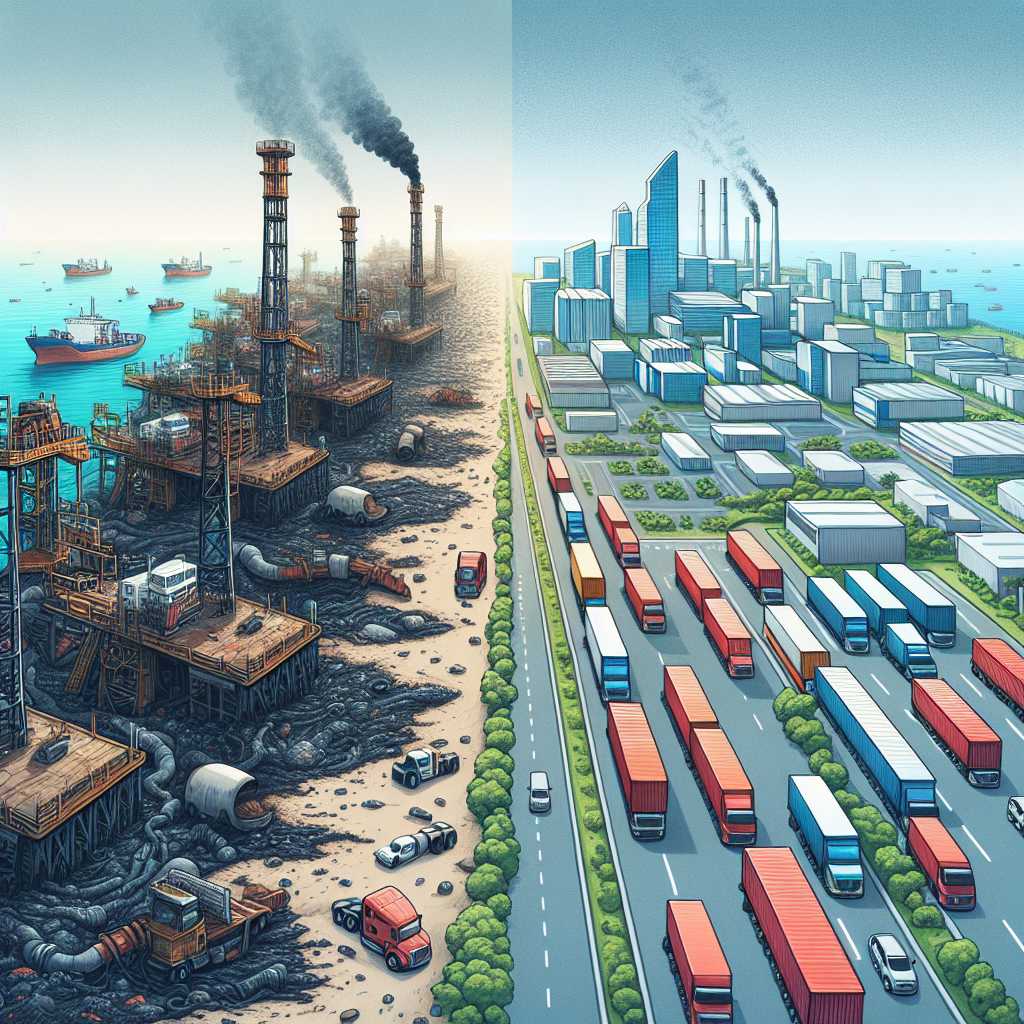Venezuela vs Mexico: Economic and Political Landscape Comparison
Comparing Venezuela and Mexico offers a panoramic view of contrasting economic policies, political history, and social outcomes in Latin America. While these nations share a region, as well as presenting common cultural and historical traits, they have embarked on distinct paths that have shaped their societies and economies in different ways.
Historical Background and Political Trajectories
Venezuela’s Political Journey
Venezuela’s political landscape has been predominantly influenced by the figure of Hugo Chávez and the Bolivarian Revolution. Chávez rose to power in 1998 and his tenure was marked by the nationalization of key industries, land reforms, and social programs financed largely by the nation’s oil wealth. Following his death in 2013, his successor Nicolás Maduro has maintained similar policies amidst increasing economic and political challenges.
Mexico’s Political Evolution
Contrastingly, Mexico’s modern political system was long dominated by the Institutional Revolutionary Party (PRI) until the end of the 20th century, which culminated in a transition towards multiparty democracy. The nation has exhibited a mix of economic policies from extensive privatizations under neoliberal regimes to more recent shifts towards populism under President Andrés Manuel López Obrador (AMLO) who assumed office in 2018.
Economic Policies and Outcomes
Venezuela’s Economy
Venezuela’s economy is heavily reliant on oil exports. The Bolivarian government’s social spending was sustainable during times of high oil prices but faced difficulties when prices dropped. Efforts to diversify the economy were limited and coupled with accumulated mismanagement, corruption, and U.S. sanctions; this has resulted in hyperinflation and economic contraction that has precipitated a humanitarian crisis.
Mexico’s Economic Structure
In comparison, Mexico adopted NAFTA (now succeeded by USMCA) and became more integrated with the U.S. economy. It has established itself as a manufacturing hub for a variety of products from automobiles to electronics. Although confronted with challenges such as inequality and corruption, Mexico maintains a diversified economy unlike Venezuela’s petroleum-dependent structure.
Social Indicators and Quality of Life Comparisons
Venezuela’s Social Struggles
Venezuela has struggled with soaring crime rates, dwindling supplies of essential goods, and an unprecedented migration crisis due to political instability and the deteriorating economy. Health services have plummeted, and educational attainment is hampered due to issues ranging from infrastructure decay to lack shortages of teaching staff.
Mexico’s Social Landscape
On the flipside, while issues such as drug-related violence and immigration have prominently featured in discussions on Mexico, it fares better in terms perverse capabilities for its residents concerning access to healthcare services and sufferings standards albeit substantial regional variances remain present.
Foreign Relations Dynamics
Venezuela’s International Isolation
Internationally, Venezuela faces considerable isolation with tensions especially high with Western nations that have largely recognized opposition leader Juan Guaidó as the legitimate leader of Venezuela following controversial against President Maduro.
Mexico’s Diplomatic Maneuvers
Mexico operates a more diversified foreign policy with strong ties across North America, leading roles in several multinational organizations, e.g., United Nations, indirect involvement in addressing Central American migration issues.
